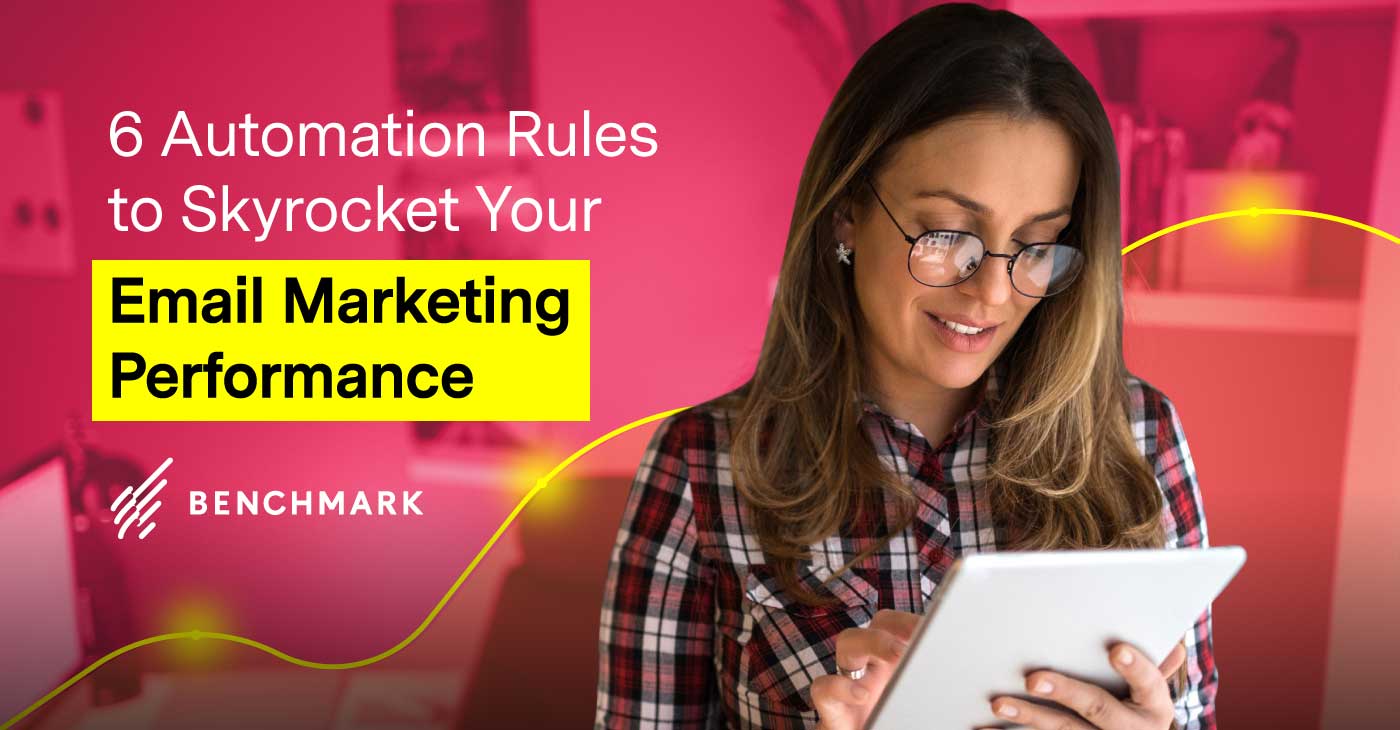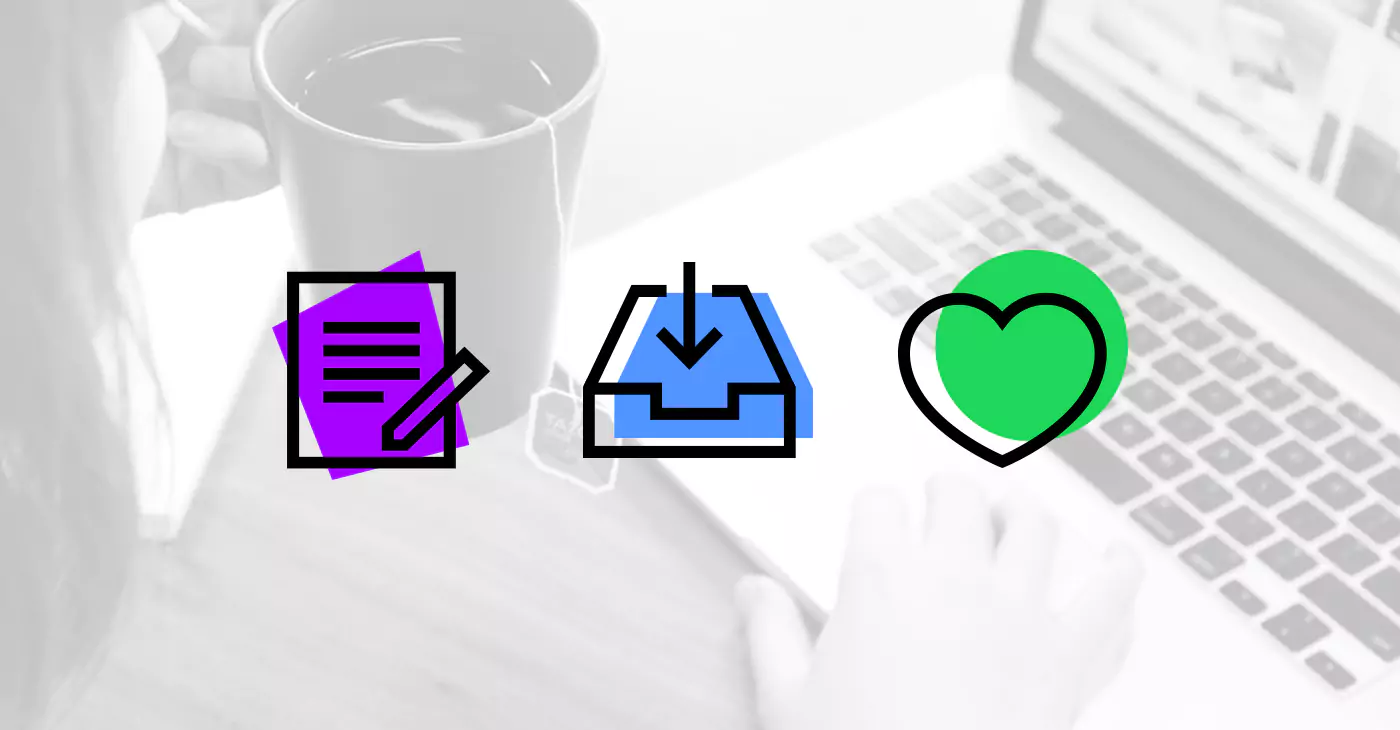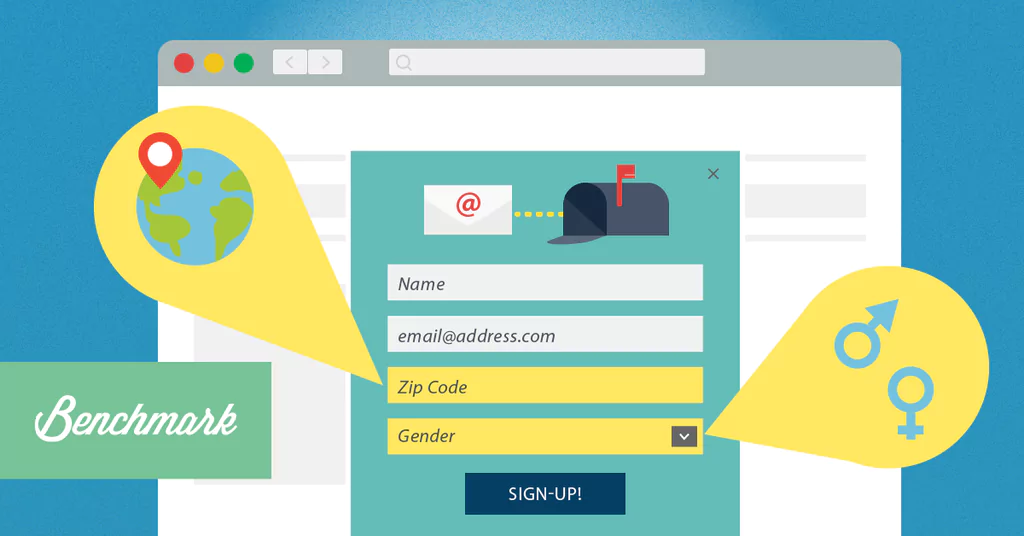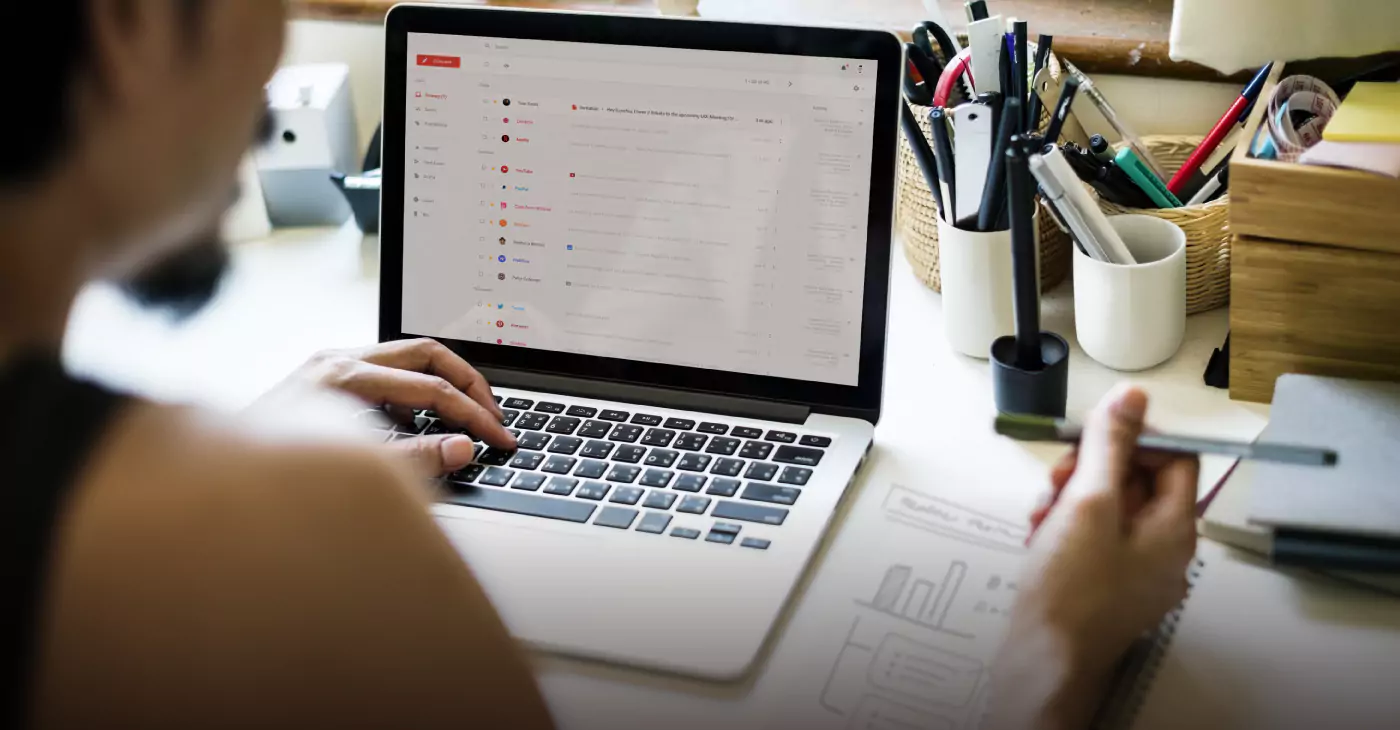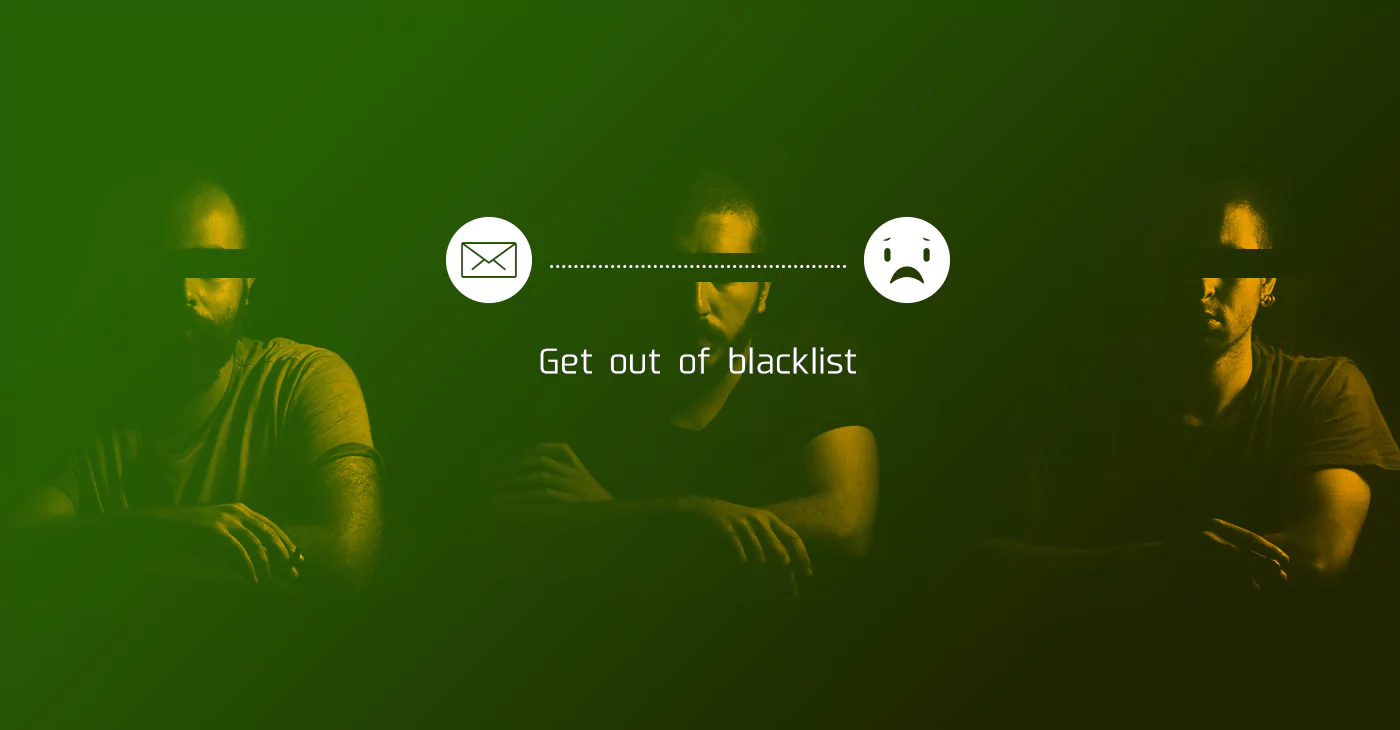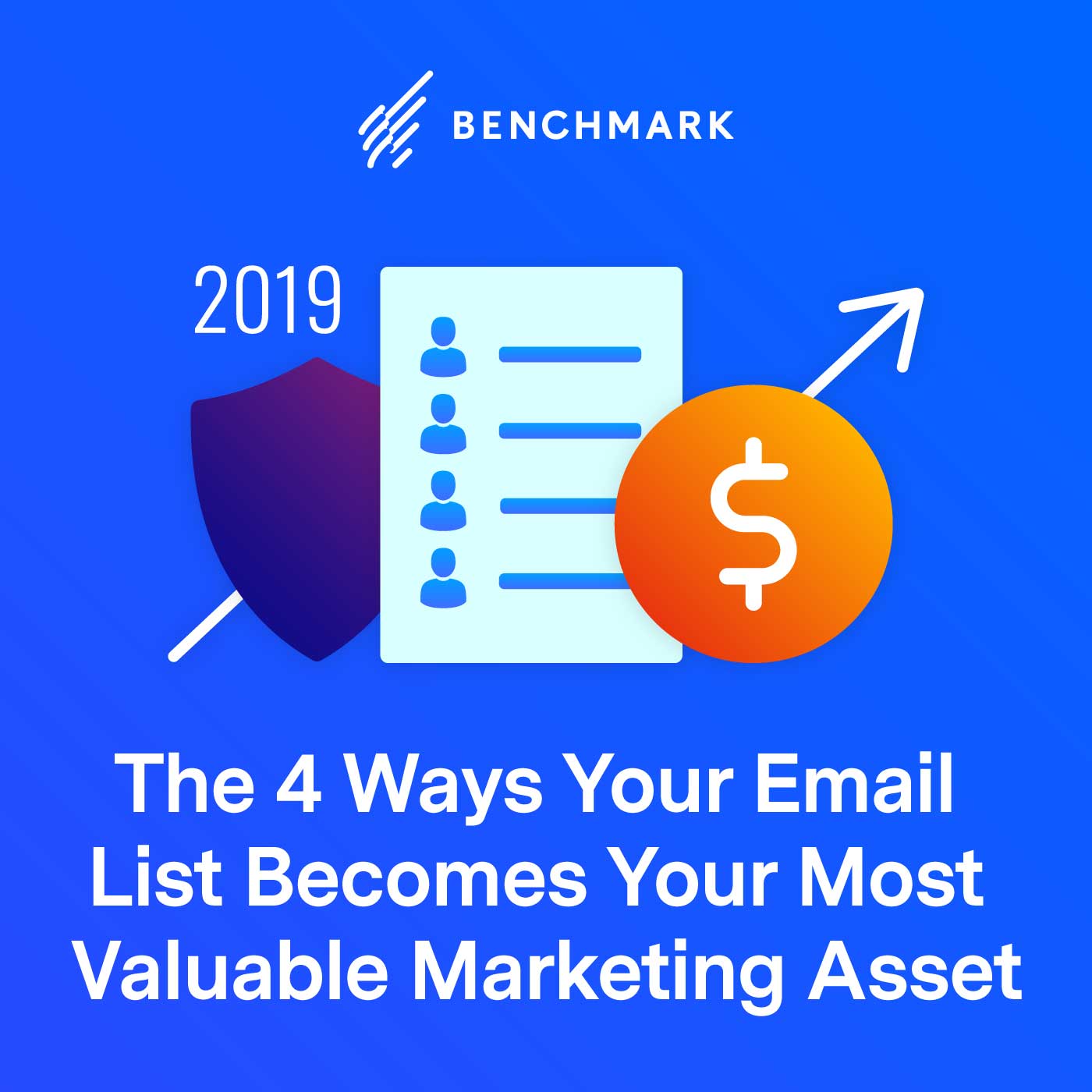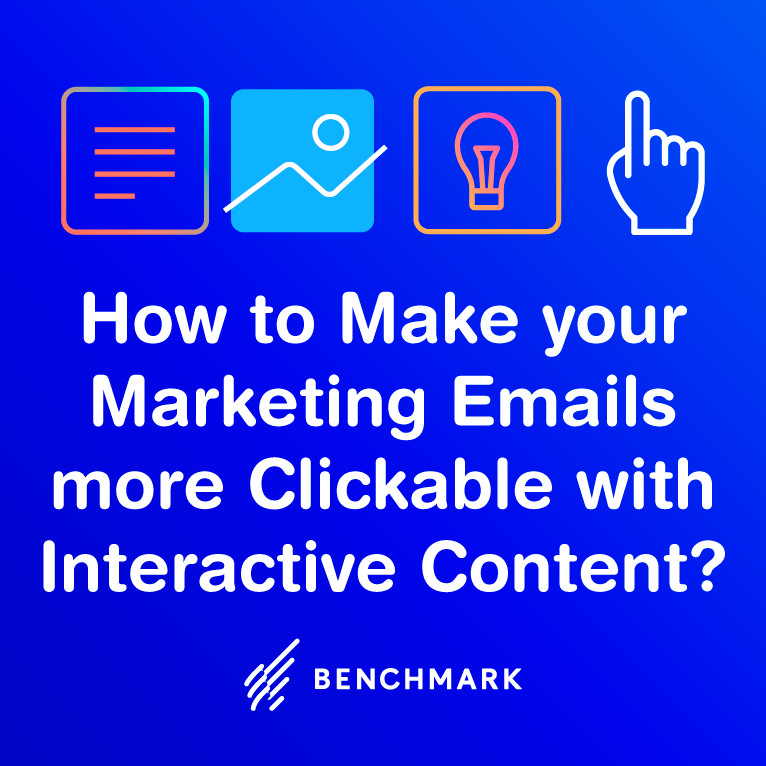Email marketing is surely the most challenging yet rewarding path towards riches.
Every type of business, no matter whether it’s a big brand or a small business, must develop and nurture a close relationship with its customers. And because our current marketplace is slowly becoming 100% digital, email communication is and will continue to be the most effective method of building solid connections with your clients and customers.
However, to perform an effective email marketing campaign, you should perfectly understand all of your options. Moreover, you need to grasp the basics of email automatization, which includes several important aspects that can differentiate a winning and a losing campaign.
In today’s post, we’re going to focus on automation rules, one of the most intriguing and challenging features that every respectable email autoresponder offers.
In case you’re not very familiar with the term, email automation rules are programmed cause-and-effect conditions that you set up according to your wishes. For example: if X customer buys Y product, he will be moved to List B, and he’ll start receiving new emails.
By properly automating your email marketing, you’ll tap into great benefits that’ll allow you to simplify your work and cut the working hours. Well, that’s what today’s post is all about. Pay attention and add your twists. Lastly, make sure that you take action!
Topic Automation
Primary Triggers: Offer Downloads and/or Website Visits
A business may sell different products that solve different problems for different customers. In this case, you should develop a different email sequence for each of the niche-related subjects that you’ll develop content about.
So let’s say that your business’ main audience is comprised of dog owners. Obviously, through your content, you’ll address different problems and challenges (dog health, dog nutrition, dog training).
Well, some of these topics may not concern a big part of your list, but it may concern a minority that is eager to see more. In this case, you’ll need to create a topic automation rule that’ll separate your email audience, making it easier for you to send the proper content to the proper prospects.
So. The simplest way to divide your email list and prompt the proper automated email sequences is to use a form submission that allows your prospect to choose the information they wish to receive in the future.
The alternative would be to develop different free bonuses such as e-books, webinars, or podcasts around specific subjects and use them to understand your prospects’ genuine interests. So if one of your prospects chooses to download your e-book about “50 Dog Health Issues You May Not Be Aware Of”, then your “Dog Health” email sequence should be triggered, sending him emails that are only related to dog health and no other subject.
New Subscription Welcome Email
Primary Trigger: Opt-In to Your Website or Blog
“One of the essential rules of email marketing revolves around building solid, long-lasting relationships with your customers. The best way to do that is to start on the right foot and give your prospect the right impression.” – Johana Pierce, Marketing Specialist at EssayGeeks.co.uk.
Indeed, as Johana notes, the beginning of any prosperous business-to-customer relationship is heavily influenced by the first impression that the brand leaves.
One of the most commonly used automation rules in the email marketing is the delivery of an automated welcome email to every new person that subscribes to a brand’s list.
To make your subscribers’ experience even better, you should develop personalized welcome emails for each of your different automated sequences. By leveraging this automation rule, you can let every new subscriber (of each sequence) understand what content he’ll receive in the future emails that he’ll receive from you.
Moreover, you can use the welcoming email to thank them for joining in, but also for allowing them to readjust their subscription preferences. Lastly, your welcome email might present the best content pieces you’ve ever published, serving as an introduction to the value you promise to provide in the future.
Example:
Prospect-to-Customer Transition Welcome E-mail
Primary Trigger: Purchase
When one of your prospects converts and buys a product or service, he will become your customer. Create another automation rule that sends another welcome email to every prospect that has bought. Let him know that he’s now part of a different email sequence that will focus on new content.
By acknowledging the fact that your customers have made a move, you can improve your relationship with them and improve their loyalty towards your brand.
Moreover, you can also lead your new customers to detailed training materials that’ll help them understand and use your products or services.
Example:
Super Prospects Sequence
Primary Trigger: Strong User Activity
A super prospect is a subscriber who is highly active on your website, opens most of your emails, and downloads most of your freebies. In short, he’s super interested in what your site and email sequence have to offer, but somehow, he hasn’t managed to buy something from you.
To turn these super prospects into customers, you could develop a dynamic automated sequence that responds to different triggers:
- X number of visits to your websites within a specific timeframe
- X% email open rates
- X% email clickability rates
- Form submissions
- Engagement on social media posts (likes/shares/comments)
The “X” element is the number you decide on your own.For example, if a person visits your website ten times per week or if he opens 60% of your emails, you can consider him a super prospect and move him to your “Super Sequence.”
Throughout this “super” automated sequence, you can approach these people differently. Use the feedback you’ve got from your analytics and approach these super subscribers differently. Your goal is to finally turn them into customers, so making your content a little more “salesy” might be a good option.
Example:
Hi, I’ve noticed that you’ve paid particular interest in X and Y subject and that you’ve also done A, B, C, actions. I’m wondering if I could help you, so make sure you reply this email and let me know what exactly do you need.
P.S. I’ve added you to my “special list,” a place where I reward my most active subscribers with X, Y, Z. Make sure you join this goldmine place by clicking _____(link).
Re-Engagement Sequence
Primary Trigger: Inactivity
Many of your email contacts may suddenly become inactive. In fact, some of them might be inactive right from the beginning of the interaction, so they have no place in your active email sequences.
Luckily, every professional email automation software allows you to “reawaken” your inactive prospects by placing them in a separate, automated sequence, as a result of specific triggers that you choose.
For example, some of these conditions (triggers) could be:
- X amount of time since the last form submission
- X amount of time since the last website visit
- X amount of time since the last email open/link click
Once your subscribers are marked as “inactive,” they’ll be moved to your re-engagement sequence. Your job is to move them back to your “active list,” so the best way to do that is to grab their attention. Most commonly, people respond to exclusive deals, coupons, and offers that create urgency.
Example:
Cart Abandonment Sequence
Primary Trigger: Cart Abandonment
If you own an e-commerce business, you might understand the frustration that comes when your prospects abandon the shopping cart. Well, luckily, you can create an automated email sequence for almost everything, and this is no exception.
The concept of this sequence is quite simple: Every time one of your prospects adds a product/service to the cart but leaves your platform before finishing the purchase, you may trigger an automated email that will:
- Immediately offer them an exclusive offer that they can benefit from if they choose to buy right now.
- Remind them (after a few hours/days) of their initial thought of purchasing your products/services.
- Offer the most common questions and answers regarding the product/service that your prospect has left in the cart.
Example:
Takeaways
Every marketer can develop a rockstar email marketing campaign as long as he puts enough time, effort, and attention into it. Take advantage of these X rules and improve your email subscribers’ experience. As long as you’re properly tracking down your stats, you should see slight improvements in a very short time. Treat this as a journey and not as a quick result, and your email performance will slowly begin to thrive!
